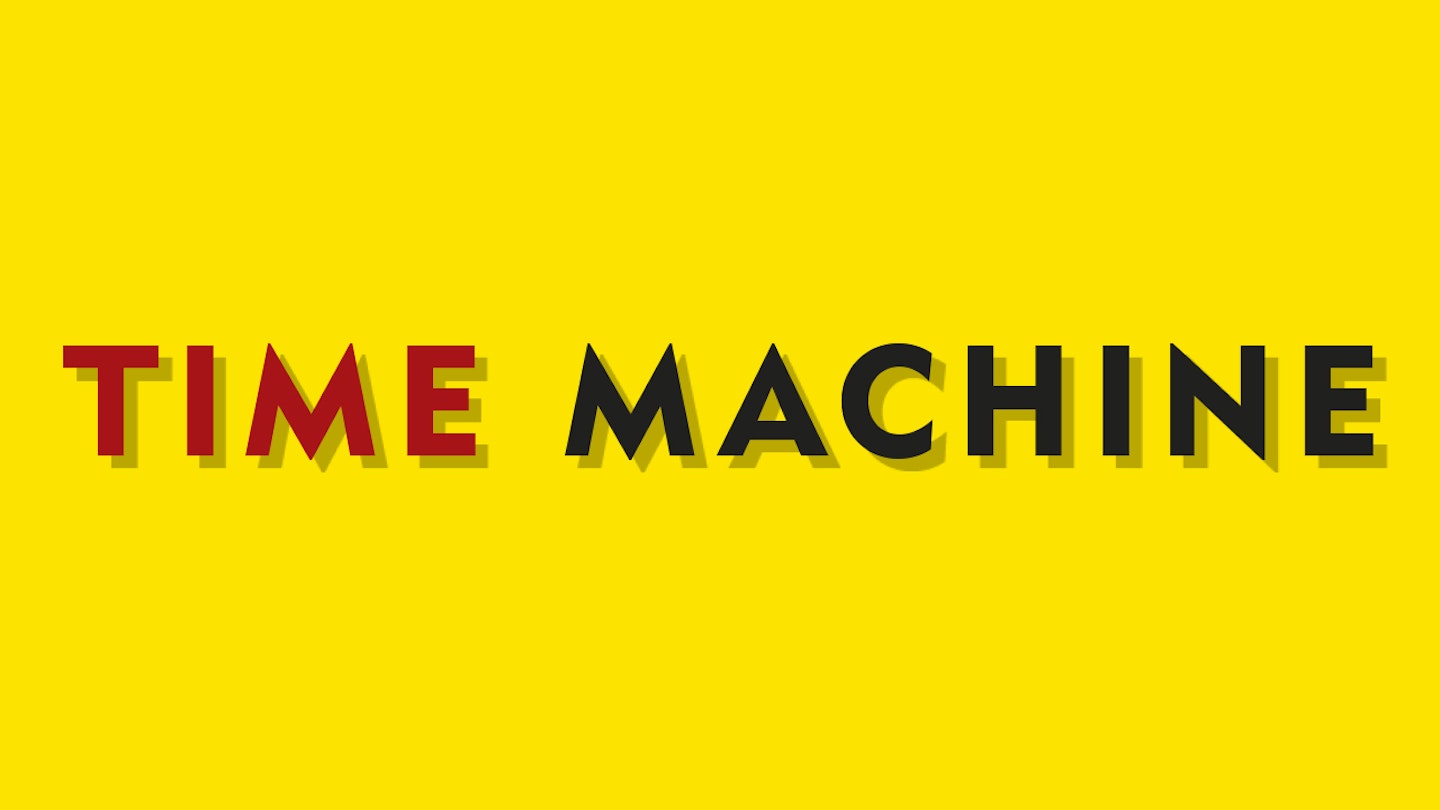3 May, 1992
“I think you’d be hard put to dance to this,” mused John Peel before spinning Aphex Twin’s Digeridoo one night in early ‘92, “but it is a great record.”
Commencing with a disquieting tubular drone and the sound of mechanoid cicadas, seven hard minutes of sense-warping techno punishment followed. Named for the ancient wind instrument of the Aboriginal peoples of Australia, the track featured a sonic simulacrum rather than the real thing, but this May 9 it became its creator’s first chart hit, albeit at a modest number 55. Thundering along at a brutal 146 bpm, only the most wired clubber could take it on, which was one of its creator’s intentions. “I wanted to have some tracks to play to finish the raves I used to play in Cornwall, to really kill everybody off so they couldn’t dance,” Richard James, AKA Aphex, told Select magazine. “Digeridoo came out of that.”
“I wanted to have some tracks… to really kill everybody off so they wouldn't dance.”
richard James
A techno producer who wanted to stop people dancing? It was one of the conundrums that seemed to multiply around the enigmatic, coolly self-contained auteur. Raised in Cornwall, he once claimed that his formative musical experiences involved hearing the detonations in a nearby quarry, preceded by a siren and followed by the sound of heavy rockfalls. He had, he said, begun to design and build his own synths as a kid, and soon moved on to creating electronic music in his bedroom, infused, in time, with the house, acid and techno sounds he heard and played at Newquay’s Bowgie club and other bass sinkholes of the southwest. “It’s just too easy to make a standard dance track,” he said of his mindset in 1992. “You’ve got to put a bit of thought into it to get something a bit different.”
James was studying electronic engineering at Kingston Polytechnic when he released his first EP, Analogue Bubblebath, on Exeter’s Mighty Force label. He’d shopped his material around – London was one label that declined – but Belgian indie R & S, who’d released dance tracks by Joey Beltram, Human Resource and C.J.Bolland, were more enthusiastic. Co-owner Renaat Vandepapeliere later told journalist Rupert Howe, “When I first heard Aphex Twin’s music I said, ‘This is it!’, and everybody else said, ‘You’re crazy!’ …a lot of the hardcore R&S fans dropped us. To them it wasn’t music.”
At this time James began to be in demand as a live performer. For extra visual impact, he turned to his flatmate Paul Nicholson, also a demonstrably ‘avin’ it (but drug-free) dancing face at underground techno sweatbox Knowledge in Victoria. Their first live engagement was in March at the Tresor label’s club sited in the bank vault of a former east Berlin department store. “Being in Tresor was like a pilgrimage for me,” says Nicholson, who recalls two lab coated BOSE engineers setting up the sound system beforehand. “I was literally ball-tingling excited to be there. The gig itself was as close as pure techno as I have experienced. It was pitch black with the exception of one strobe light. All I saw of the audience would be freeze-frame flashes. It was beautifully disorientating and disturbing.”
As Digeridoo gathered pace, the two also appeared at the Mayday Rave at the Eis-und Schwimmstadion in Cologne, where James followed the track with the cerebral hardcore of Polynomial-C, from his next EP Xylem Tube. This June ’92 release would be the first to feature the amorphous Aphex Twin ‘A’, a monogram created by graphic designer Nicholson. “I was inspired to create something that looked as if it had been on the side of Alien spacecraft,” says Nicholson, who parted company with James after a gig in San Francisco on November 14, 1993. “Due to the desire to get vinyl out as quickly as possible, there was no time to refine, redrawn or change the logo I came up with. It was simply photocopied and mailed to Renaart. So, what is the Aphex Twin logo was actually my one and only draft.”
Digeridoo’s two-week chart life may have been fleeting, but the Aphex story was just beginning. In November the Selected Ambient Works 85-92 album showed how deeply his talent transcended the dancefloor, and from then he’s perversely advanced in a labyrinthine genre of one, innovating in artistic gravity and breakneck excess, with plentiful horror and mirth in his highly developed, self-referencing visuals, and expectations routinely frustrated. “I’m good at psychology - I can see how to play certain situations,” James explained to The Guardian in 2001. “I’m a good chess player. You’ve got to recognise all the possibilities.”
